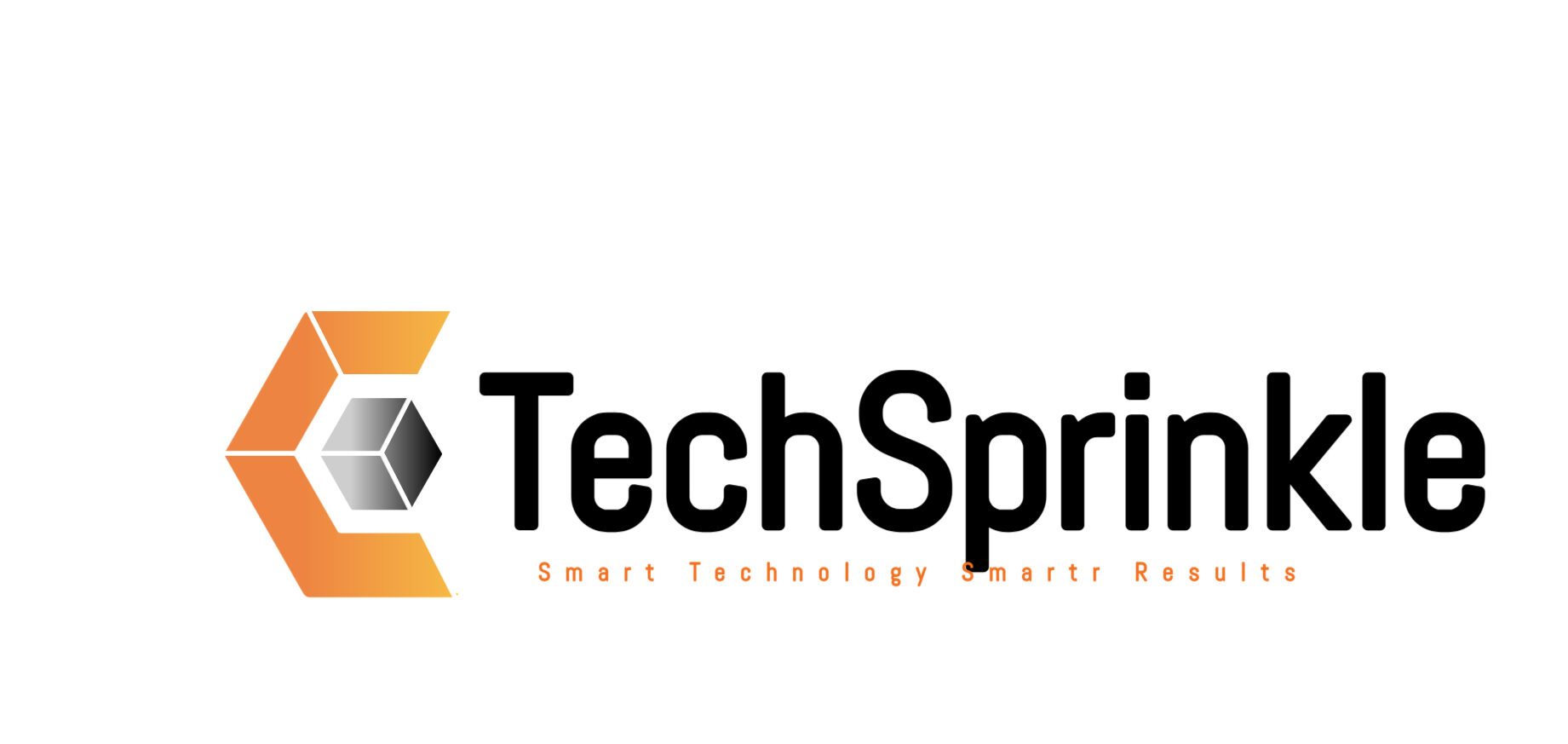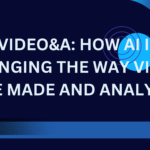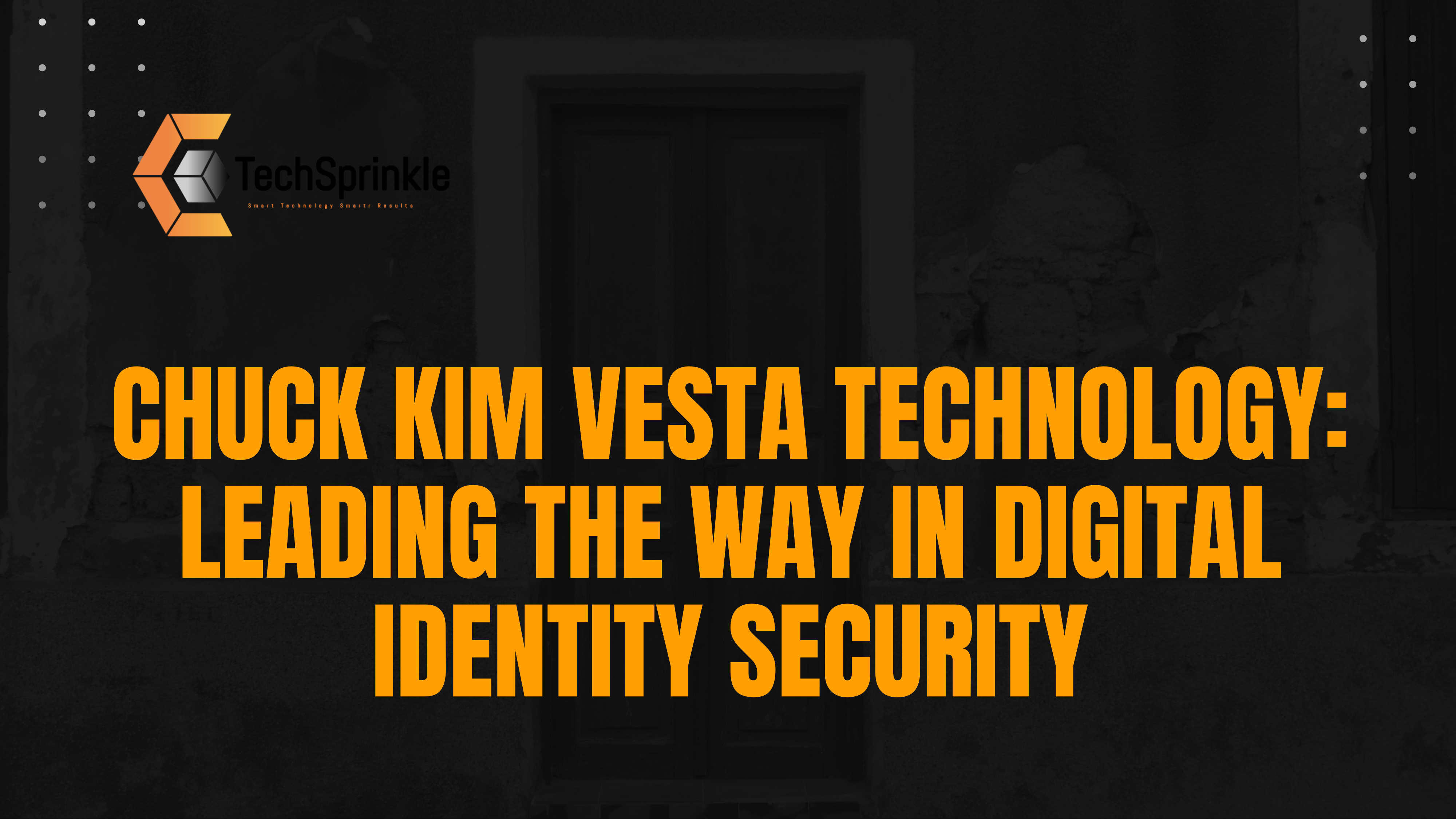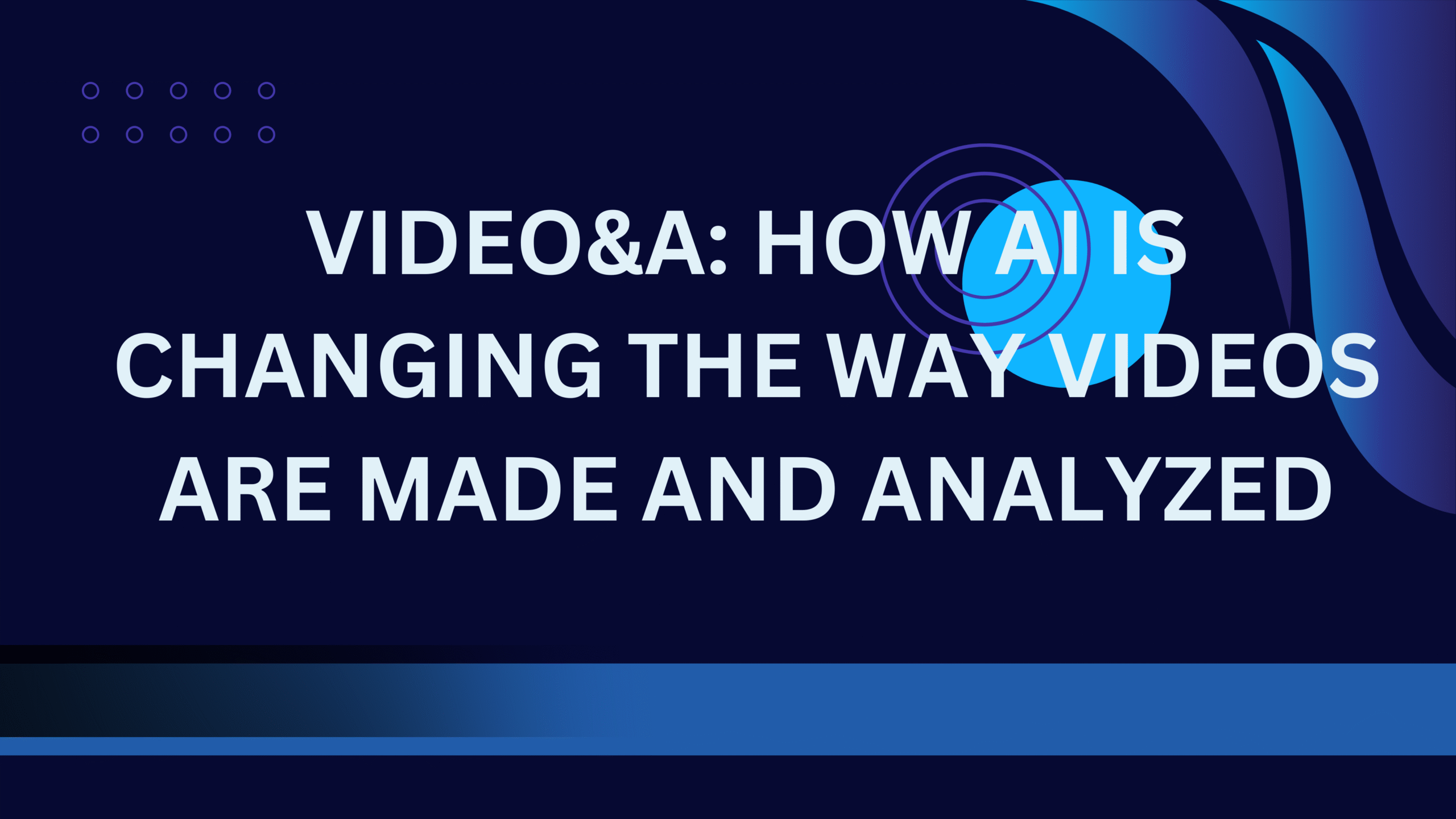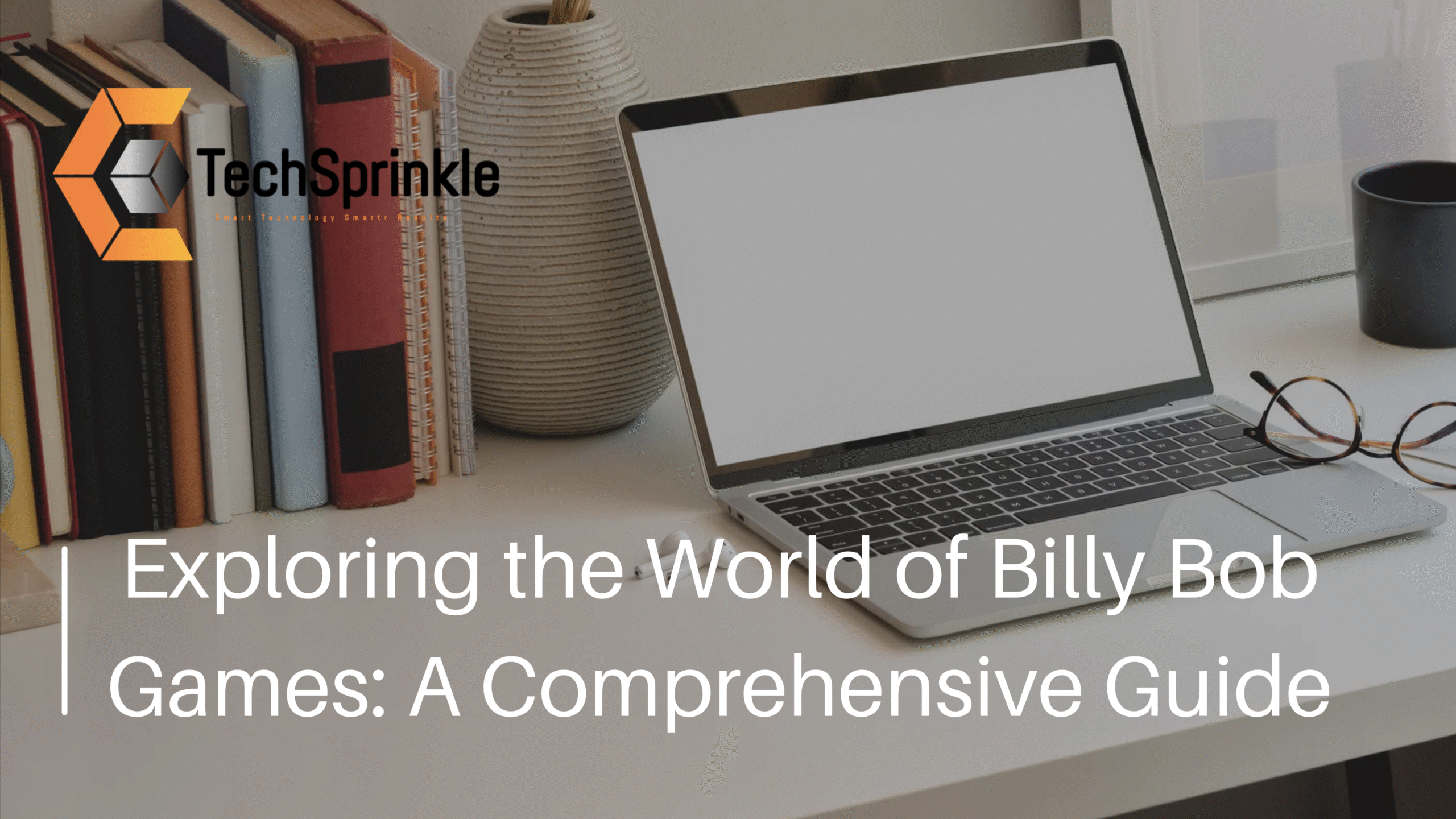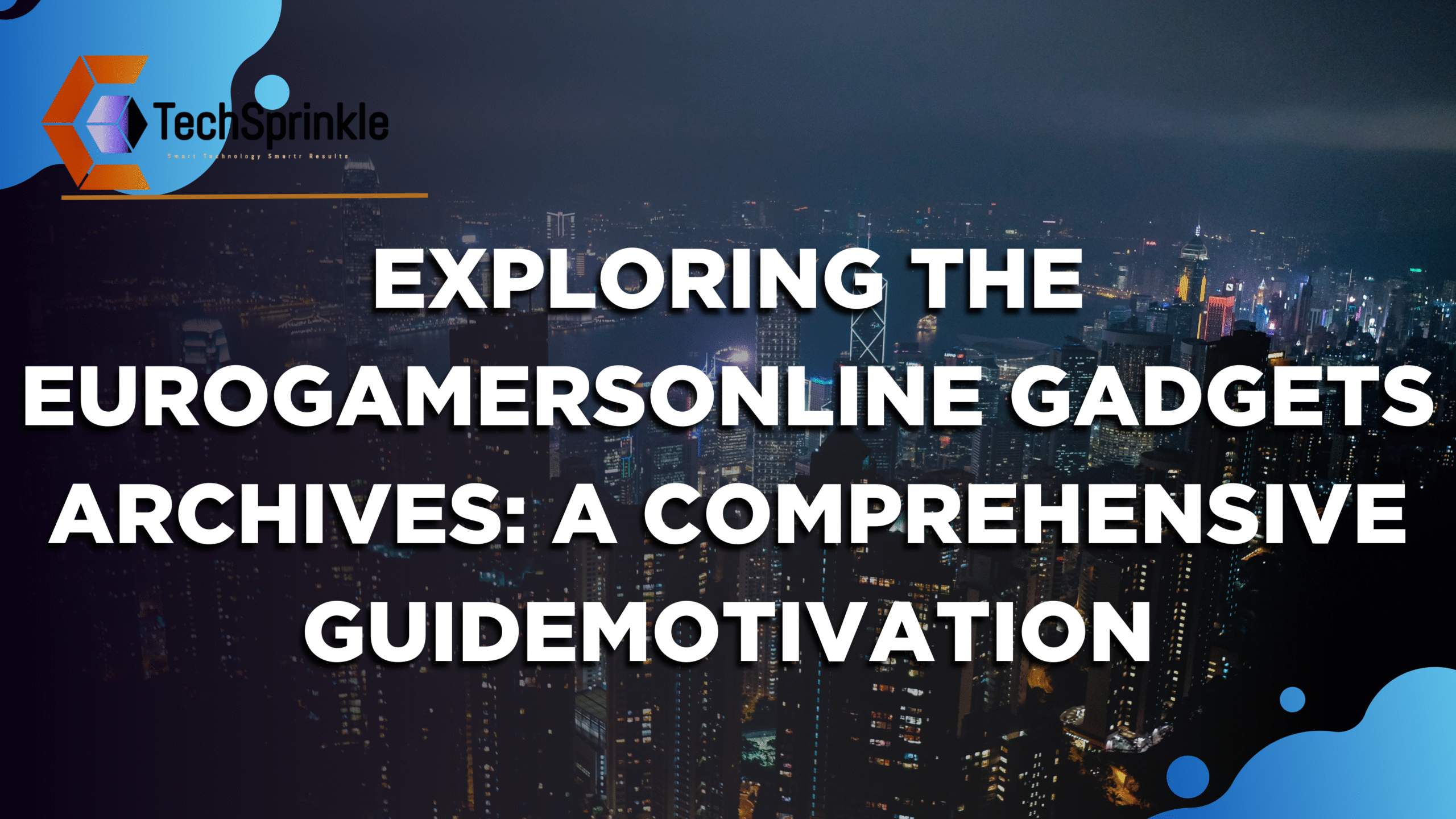Table of Contents
Beginning
The most potent way to communicate online is through video. Visual content is everywhere on the internet these days from social media to online classes ads and games. But as more and more people watch videos it gets, harder to manage analyze and make them. Video&A which stands for Video and Artificial Intelligence is what this is all about.
Video&A is where AI and video technology meet. AI improves every part of the video lifecycle from recording to editing to indexing to distributing to even figuring out what’s in a movie. AI is changing what can be done with video production and analytics, from automatic editing and facial recognition to real-time translation and smart suggestions.
This article talks about Video&A including what it is why it matters, how it works and its main pros and cons. We’ll also talk about the main things that are causing this change and where it might go next.
What is Video&A?
Video&A is the application of AI to make study and improve video content. It includes everything from tools that automatically edit videos to machine learning algorithms, that can understand what they see.
Video&A lets robots interpret video the same way that people do. It can tell who you are what you’re feeling produce captions, find things and even come up with innovative ideas. This feature makes it easier to find engage with and develop video content.
The Main Parts of Video&A
Video Creation with AI
AI tools can now make videos from text prompts, scripts, or audio files. This saves time and gives marketers, teachers and filmmakers more room to be creative.
Understanding and analyzing video
AI models look at frames movements and sounds to find patterns and get information. For instance they can tell if customers are interested in marketing films or if someone is acting in a way that is risky in surveillance footage.
Editing and post-production automation
Editing the old way takes a lot of time. AI makes it easier by automatically editing sequences, syncing audio color grading or stabilizing footage.
Personalization and recommendations for video
AI algorithms are a big part of how platforms like YouTube and Netflix suggest films that match users’ interests which keeps them coming back.
Improvements to Video Accessibility
AI can make subtitles translate speech describe scenes for people who can’t see them and make things easier for people all over the world to access.
Video&A is basically a mix of the art of telling stories with the science of automation.
Why Video&A Is Important
Video&A isn’t simply a fad; it’s a change in how people make share and understand digital entertainment.
The Rise of Video Content
People spend a lot of time watching videos, online every day. There are billions of hours uploaded every month therefore managing everything by hand is unfeasible. AI makes this mess more organized and efficient.
Wanting to make content faster
Companies teachers and people with a lot of followers need to put out more material more quickly. Video&A lets you make things quickly without losing quality.
Better understanding and decisions based on data
AI gives you information that helps you create better stories plan better marketing and find the right customers by looking at how people interact with your content their emotions and trends.
Easy to get to and open to everyone
AI generated subtitles and translations, make information available to everyone which encourages inclusivity and compliance with accessibility standards.
Safety and Watching
Video&A is very important for keeping people secure. AI may aid law enforcement and private companies by seeing suspicious behavior identifying items or recognizing faces in real time.
Video&A is important because it can make videos smarter and easier to use.
How Video&A Works
Video&A is based on a number of AI approaches that work together:
1. Vision in computers
This area lets computers read and understand pictures and videos. Computer vision can find faces gestures objects and movement in films. It is the basis for systems that analyze tag and recognize videos.
2. Processing Language Naturally (NLP)
NLP connects language and video by making captions descriptions and metadata. An AI system for instance could view a film and write a summary in simple English.
3. Learning by Machine and Deep Learning
To discover visual patterns AI models are trained on big collections of video data. These models can then generate predictions like figuring out what a product is in a video or figuring out how someone feels.
4. Neural Networks for Being Creative
Generative AI technologies use neural networks to make new things like animations or realistic AI-made people. This allows creators come up with ideas visual effects or even whole short video based on text prompts.
5. Analyzing audio
AI doesn’t only look; it also hears. Algorithms look at soundtracks dialogue and tone to make transcriptions more accurate find the right mood or even pick the right background music automatically.
6. Edge and Cloud Computing
AI video processing usually happens on the cloud where there is a lot of computing capacity. Edge devices analyze data locally to cut down on delay for IoT and surveillance use cases.
These technologies work together to let AI watch and understand video which makes experiences smarter and more tailored to each person.
Video&A Pros
Faster Making of Content
AI reduces down on the time it takes to make videos by a lot from writing the script to editing them. Creators can put out high-quality content considerably faster.
Cost Effectiveness
Automated editing and creation cut down on the number of people needed for production, which lowers expenses.
Better Experience for Viewers
AI makes recommendations more personal which makes users happier and more involved.
Accurate Analytics Video&A gives organizations data driven options by giving them a lot of information about how viewers behave feel and how well their content does.
Better access
Automatic subtitles translations and scene descriptions help you reach more people from different backgrounds.
Help with creativity
AI tools are like creative partners who help creators of all skill levels by recommending changes narratives and transitions.
Scalability
After they are educated AI systems can manage huge amounts of footage without becoming tired or making mistakes.
Applications in Real Time
Video&A gives you instant results from live sports highlights to real-time security monitoring.
Disadvantages of Video&A
Loss of the Human Touch
AI can copy, style and structure but it can’t totally replace human originality, emotion or cultural subtleties.
Concerns about data privacy
AI video analytics commonly use facial recognition or behavioral tracking which raises moral and privacy concerns.
Algorithms that are biased
If the training data is skewed, the AI conclusions that come from it, like how well it can recognize faces, can likewise be biased.
Losing your job
Some traditional jobs in editing and post-production may become less important as automation grows.
Initial cost and complexity are high.
To use Video&A you need to buy technology software and hire professional workers.
Reliance on Big Datasets
AI needs a lot of good data to learn from. Bad data quality makes things less accurate and valuable.
Risks to Security
People can utilize deepfake technology and AI generated videos to spread false information or commit fraud.
Even with these worries the benefits still exceed the risks when used correctly.
Important Things That Are Driving Video&A
Improvements in AI algorithms
Modern neural networks are better and faster which makes it possible to process video in real time.
The expansion of cloud infrastructure
It’s easier to store and interpret huge video datasets with cloud computing.
More and more people want video content
Video is becoming the most important thing on every platform from TikTok to LinkedIn. This forces businesses to discover solutions that can grow.
5G Internet Access
AI systems can examine video streams right away since data can be sent faster. This makes live analysis work better.
Frameworks that are open source
TensorFlow PyTorch and OpenCV are some of the tools that have made it easier for developers to make video-AI solutions.
Increasing Needs for Accessibility
Governments and businesses are putting more emphasis on material that is easy to access and they are pushing for the adoption of AI-powered translation and captioning.
Connecting with smart devices and the Internet of Things
AI is now included into cameras drones and cars so they can understand video in real time.
Standards for ethics and rules
As rules about data protection change businesses need to make sure that AI is used in a clear and moral way.
What Users Want from Personalization
People demand material that is relevant to them. AI helps make videos that fit each person’s tastes.
Pressure for sustainability
AI makes huge production studios less harmful to the environment by making workflows more efficient through digital means.
Final Thoughts
Video&A which is a combination of video and artificial intelligence is changing the digital world. It’s changing the way stories are told how information is communicated and how people interact with visual media.
In the past making and managing movies took a lot of people expensive equipment and a lot of time spent editing. AI can now undertake a lot of the work which lets creators focus more on coming up with concepts and delivering stories. There are almost no limits to what you can do with them from automatic video editing and translation to tailored recommendations and security analytics.
But with the power of Video&A comes responsibility. Ethical issues of privacy false information and bias must always be at the center. When people and AI work together they generate the best results.
As we progress deeper into the age of smart media Video&A will keep changing connecting creativity and computing storytelling and science. For businesses it’s a chance to make their video content bigger in a smart way. It’s a chance for people to express themselves and talk to one other better.
It’s not only about what we see in the future of video; it’s also about how smart technology helps us watch comprehend and make it.
